Raaga Based Song of the Day: Jeet hi lenge bazi ham tum….
Raag Bhairavi, Tal Dadra
I am returning to Raaga based songs of the day after 02 Feb 18.
And, I am returning with the raaga most widely used in Hindi films songs: Bhairavi.
Today is the ninth time that I give you a song in this raaga. I took my time to give you the first song in Bhairavi on the 11th day: Babul mora naihar chhooto hi jaaye (Please see: ‘Raaga Based Song Of The Day #11’). That, I believe is the best song composed in Bhairavi. As I went along, I gave you several others including some of the favourite songs composed by Shankar Jaikishan. The last song in Bhairavi was on the 86th day: Aapki yaad aati rahi raat bhar (Please see: ‘Raaga Based Song Of The Day #86’).
We have completed ninety-two days of Raaga Based Songs of the Day. Our first post in the series was titled ‘Raaga Based Song Of The Day #1’ and the song was a Mohammad Rafi and Lata Mangeshkar song from the 1970 Shakti Samanta movie Pagla Kahin Ka: Tum mujhe youn bhula na paoge. It is in Raag Jhinjhoti, Tal Kaherava.
Our ninety-second post or the last post here was titled ‘Raaga Based Song Of The Day #92‘ and the song was an Asha Bhosle song from the 1963 SS Vasan production and Kishore Sahu directed movie Grahasti starring Ashok Kumar, Manoj Kumar, Rajshree, Nirupa Roy and Mehmood.. It is in Raag Sohani, Tal Tintal.
This blog has a number of posts on Raaga based songs in Hindi movies titled similarly; for example: ‘The Best Raaga Based Songs in Hindi Movies – Raaga Bhairavi – Part III‘.
In the last ninety-two days of sharing Raaga based songs of the day, I have given you songs based on Raag Jhinjhoti, Gara, Bhimpalasi, Madhuvanti, Shivaranjani, Bihag, Pahadi, Sarang, Pilu, Bhairavi, Khammaj, Charukesi, Kalyan or Yaman, Desh, Malgunji, Kirwani, Kedar, Bageshri, Megh Malhar, Bhupali, Ahir Bhairav, Malkaush, Mand, Adana, Kafi, Rageshri, Jaunpuri, Tilang, Janasammohini, Chayanat, Shuddha Kalyan, Gaur Sarang, Jogiya, Asavari, Maru Bihag, Durga, Lalit, Puria Dhanashri, Bhinna Sahdja, Sohani, Multani, Patdeep, Jaijaiwanti, Tilak Kamod, Hemant, Basant Mukhari, Gujri Todi, Kalavati, Hamir, Bhatiyar, Gawati, Shyam Kalyan, Gorakh Kalyan, Madhamat Sarang, Manj Khammaj, Darbari Kanada, Vibhas, Shankara, Bahar, Nand and Mian Ki Malhar; making it a total of 61 raagas. The raagas that have been repeated so far are Pahadi, the raaga of my home place in the Himalayas, Maru Bihag, Raag Kirwani, Jhinjhoti, Bhairavi, Gara, Basant Mukhari, Malkauns, Bhairavi, Mand, Sohani, Madhuvanti and Shivaranjani. Today, I am repeating Raag Bhairavi for the ninth time.
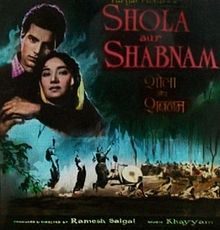 Today’s song is from the 1961 Ramesh Saigal movie Shola Aur Shabnam starring Dharmendra and Tarla Mehta together with M Rajan, Abhi Bhattacharya and Vijayalaxmi. Its lyrics are by Kaifi Azmi that have been composed by Khayyam and sung by Mohammad Rafi and Lata Mangeshkar. As in many other movies, this duet reminds the lovers of their childhood love.
Today’s song is from the 1961 Ramesh Saigal movie Shola Aur Shabnam starring Dharmendra and Tarla Mehta together with M Rajan, Abhi Bhattacharya and Vijayalaxmi. Its lyrics are by Kaifi Azmi that have been composed by Khayyam and sung by Mohammad Rafi and Lata Mangeshkar. As in many other movies, this duet reminds the lovers of their childhood love.
It is amongst the hundred movies or so that I watched on the net, fascinated by its songs and for once, I was not disappointed though, in the second half, the movie does drag on a bit; which was the case with most movies of that era.
The story is about Dharmendra and Tarla being childhood friends, very close and in love. They grow up after having been separated at childhood. He is poor and his friend M Rajan gives him a much-needed job in his timber business. M Rajan is engaged to be married to Tarla. Dharmendra doesn’t recognise Tarla who has grown up. His friend M Rajan asks him to sing when they meet and he sings their childhood favourite. She joins in the second stanza.
Another song from the movie became very popular: Jaane kya dhoondati rehati hain ye aankhen mujh mein, which was Dharmendra’s way of telling Talrla that he couldn’t possibly return to their loving days since he owed it all to his friend and benefactor M Rajan.
The lyricist of the song is Kaifi Azmi. I have as many as three blog posts on him: ‘The Best Songs Of Kaifi Azmi – A Great Lyricist And Poet’, ‘Part II’ and ‘Part III’. He was the only famous lyricist whom I heard live in a mushaira (in my college Govt College Dharamshala). I have found his poetry and lyrics so powerful that I wonder how could he write these in such simple words.
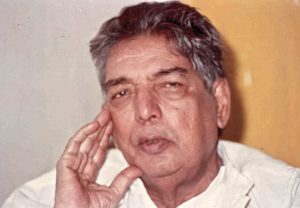 Of all the lyricists that I know of, Kaifi Azmi mastered the art of giving vent to the most intense and most powerful emotions through simplest words. One author who did that is my favourite: Ernest Hemingway. Likewise, taste this from Kaifi in this song:
Of all the lyricists that I know of, Kaifi Azmi mastered the art of giving vent to the most intense and most powerful emotions through simplest words. One author who did that is my favourite: Ernest Hemingway. Likewise, taste this from Kaifi in this song:
मिलने की खुशी ना मिलने का गम, खत्म ये झगड़े हो जाएं
तू तू ना रहे, मैं मैं ना रहूँ
इक दूजे मैं खो जाएं
मैं भी ना छोड़ूं पल भर दामन
तू भी पल भर रूठे ना, प्यार का बंधन ..
These are the kind of simple words that take you another world altogether; the world of pure love and enchantment.
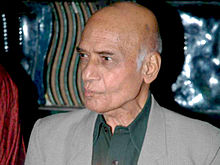 Now, about music director Khayyam, the composer of this delightful song.
Now, about music director Khayyam, the composer of this delightful song.
Khayyam and his wife Jagjit Kaur are from the town of Rahon, near Nawanshahr in Punjab. This is close (14 Kms) from my maternal grandparents place in Urapur. Khayyam is not just the gentlest of the music directors, he has affinity towards the raaga of my place: Pahadi.
Mohammad Zahur Khayyam Hashmi decided to donate his entire wealth of about Rupees Ten Crores to the trust founded by him as KPJ Trust (K for Khayyam, P for their late son Pradeep (they lost him in 2012) and J for his wife Jagjit) to support budding artists and technicians in India.
In this song, he surprised us by composing it in Raag Bhairavi.
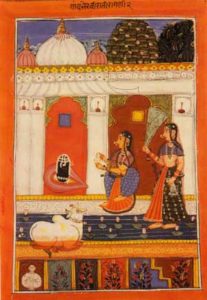 Raag Bhairavi is the basic raag of the Bhairavi Thaat. Bhairavi makes use of all the komal swars, Rishabh, Gandhar, Dhaivat, Nishad. When singing compositions in Bhairavi raag, the singers however take liberty to use all the 12 swars. Bhairavi raag is named after the shakti or feminine aspect of the cosmic life force, which is personified as a consort to Lord Shiva. Bhairavi is a powerful raag filled with devotion and compassion. Its Jati is Sampurna – Sampurna, which means all seven swar (heptatonic) both in Aaroha and Avaroha. I have already told you that in a concert Bhairavi is usually the concluding raaga since it is supposed to cure mistakes of the earlier performances. Hence, if a concert has started at night (which is usually the case), Bhairavi would be played in the wee hours of the morning.
Raag Bhairavi is the basic raag of the Bhairavi Thaat. Bhairavi makes use of all the komal swars, Rishabh, Gandhar, Dhaivat, Nishad. When singing compositions in Bhairavi raag, the singers however take liberty to use all the 12 swars. Bhairavi raag is named after the shakti or feminine aspect of the cosmic life force, which is personified as a consort to Lord Shiva. Bhairavi is a powerful raag filled with devotion and compassion. Its Jati is Sampurna – Sampurna, which means all seven swar (heptatonic) both in Aaroha and Avaroha. I have already told you that in a concert Bhairavi is usually the concluding raaga since it is supposed to cure mistakes of the earlier performances. Hence, if a concert has started at night (which is usually the case), Bhairavi would be played in the wee hours of the morning.
A pleasant sobering atmosphere full of love and piety is created with this raag and one feels so close to the Supreme. Its compositions include several Thumris, Bhajans, Ghazals, Songs etc. Since it is an ocean of immense possibilities the melodic combinations can include all the twelve notes with skill.
I am not giving you again a list of songs composed in Raag Bhairavi as I have given this adequate number of times.
As far as Tal Dadra is concerned, Tal Dadra derives its name from Dadra style of singing prevalent in Dadra. It is a six or three beat Tal:
Clap, 2, 3, Wave, 2, 3; that is two vibhags of three matras each. The theka is:
Dhaa Dhin Naa Dhaa Tin Naa
I gave you a song in this Tal and Raag Bhimpalasi as m 3rd song in the series: Maine chand aur sitaaron ki tamanna ki thi. After that I have given you several songs in the Tal such as: Tere sur aur mere geet (Bihag), Aaj ki raat piya dil na todo (Pahadi), Beqasi hadd se jab guzr jaay (Desh and Khammaj), Dukh bhare din beete re bhaiya (Megh Malhar), Kesariya Balma (Nand), Kuchh aur zamaana kehta hai (Gaur Sarang), Taqdeer ka fasaana (Desh), Bhooli hui yaadon (Kalyan), Benuravvat bewafa (Shankara), Jhumati chali hawa (Sohani), Dil Ke jharokhe mein (Shivaranjani), and Paan khaayo sainya hamaro (Kalyan). However, in the eight songs based on Raag Bhairavi that I have given you, there has never been one in this Tal; most of these have been in Tal Kaherava.
At this juncture, since we are re-starting after a long time, please do recall that I had given you an introduction to Tal (musical measure) on the second day itself. Some of you would recall that I had mentioned that Tal, Taal or Tala is a word that is variation of the word Taali (Clap). Before the advent of Tabla, the standard method of keeping the musical measure was with the clapping or tapping of one’s hand on the arm or thigh. Indeed, now that we have Tabla, this beat is still maintained by clapping and waving of hands. If you recall, I had also mentioned that whilst the Raaga sets the mood, time of day and season of a composition, Tal constitutes the time-cycle. Therefore, a Raaga and Tal go hand in hand. On the 14th Raaga Based Song of the Day, was the only occasion when we didn’t have a Raaga (Kalyan) accompanied by a Tal since the entire composition of Lagata nahin hai dil mera was in Alaap.
The rhythmic hand gestures used to denote Tal are called Kriyas. If you recall, I laid emphasis on something called Vibhag or sections or angas or parts of a Tal. In Hindustani music, the first beat of a Vibhag is Tali (Clap), whilst the empty beat (Khali) is indicated is indicated by the sideways wave of the dominant clapping hand. And thus, you would recall, I represented the Tal for you with Claps and Waves.
We had also learnt that a Tal doesn’t have a fixed tempo or laya. Hence, we had learnt three different tempos: Vilambit (delayed or slow), Madhya (medium) and Drut (fast).
Before we actually take up the song, first, lets take up the value added learning of today. From the last eleven times we started learning about some of the leading personalities in Indian Classical Music or Shastriya Sangeet. The first one that we took up was Ustaad Asad Ali Khan, the finest Rudra Veena player in the country. Then we took up Pandit Hari Parsad Chaurasia, the greatest Bansuri player in the country. Then we talked about Ali Akbar Khan, the greatest Sarod player in the country. Then we took up Pandit Ravi Shankar, the greatest Sitar player in the world. Then we took up the greatest classical singer in the country (of Carnatic tradition): MS Subbulakshmi. Then, we took up the greatest classical singer in the country (of Hindustani tradition): Pandit Bhimsen Joshi. Then, we learnt about the Shehnai maestro Ustad Bismillah Khan. Then, we learnt about Annapurna Devi, a great Surbahar (bass sitar) player of Hindustani Classical Music. Thereafter, we took up Pandit Shiv Kumar Sharma, the grestest Santoor player in the country. Then we learnt a little more about Ustaad Alla Rakha Qureshi or simply Alla Rakha, the Tabla Maestro and father of Ustaad Zakir Hussain. Then we learnt about the master and one of the pioneers of fusion: Anand Shankar. And finally, we learnt about a Veena player who was also a great filmmaker: Sundaram Balachander.
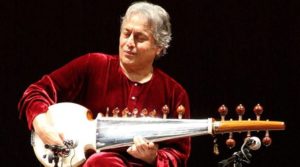
Tonight, we shall take up the Sarod Player Ustad Amjad Ali Khan, the recipient of second highest civilian award in India: the Padma Vibhushan. Indeed, Amjad Ali Khan is the recipient of the three awards in 2nd, 3rd and 4th position, that is, Padma Vibhushan, Padma Bhushan, and Padma Shri.
Born on 9 October 1945 as Masoom Ali Khan Bangash, the youngest of seven children, to Gwalior court musician Hafiz Ali Khan and Rahat Jahan. His family is part of the Bangash lineage and Khan is in the sixth generation of musicians; his family claims to have invented the Sarod.
I have heard him live a number of times and it is sheer magic seeing him perform.
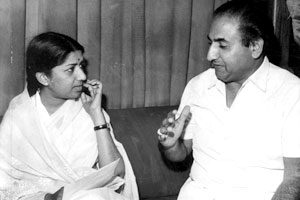
As far as the singers Mohammad Rafi and Lata Mangeshkar are concerned, I have only this to say: People have brought out that the best duets are between A, B, and C. However, both Rafi and Lata have etched names for themselves as the best playback singers there ever were.
Ladies and gentlemen, please enjoy in Raag Bhairavi Tal Dadra, Mohammad Rafi and Lata Mangeshkar sing a composition of Khayyam on the lyrics of Kaifi Azmi in the 1961 Ramesh Saigal movie Shola Aur Shabnam starring Dharmendra and Tarla Mehta: Jeet hi lenge bazi ham tum…..
रफ़ी:
जीत ही लेंगे बाज़ी हम तुम, खेल अधूरा छूटे न
प्यार का बंधन, जन्म का बंधन, जन्म का बंधन टूटे न
मिलता है जहाँ धरती से गगन, आओ वहीं हम जाएं
तू मेरे लिये, मैं तेरे लिये – २
इस दुनिया को ठुकरायें – २
दूर बसा ले दिल की जन्नत – २
जिसको ज़माना लूटे ना, प्यार का बंधन
लता:
मिलने की खुशी ना मिलने का गम, खत्म ये झगड़े हो जाएं
तू तू ना रहे, मैं मैं ना रहूँ – २
इक दूजे मैं खो जाएं – २
मैं भी ना छोड़ूं पल भर दामन – २
तू भी पल भर रूठे ना, प्यार का बंधन …
We have intended to learn about Raaga based music whilst we entertain ourselves with Raaga based songs. So, lets, once again, take stock of our collective learning so far:
- On the first day we learnt about the Raaga system devised by Pandit Vishnu Narayan Bhatkhande, which is the prevalent system in Hindustani Classical Music and based on ten Thaats.
- On the second day we learnt about Tal or Taal.
- On the third day we learnt about characteristics of Raagas that included Swar, Jati, Thaat, Arohana and Avarohana, Vadi, Samvadi and Pakad.
- On the fourth day, we learnt about Sargam.
- On the fifth day, we learnt about notations used in Indian classical music or simply Swar Lipi.
- On the sixth day, we learnt about the Ras (sentiments) that Raagas evoke.
- On the seventh day, we learnt about various types of Swar: Shuddha, Achal, Vikrut, Komal and Teevra.
- On the eighth day, we learnt the parts of a composition in Indian Classical Music.
- On the ninth day, we learnt the names of some of the popular instruments used in Indian Classical Music.
- On the tenth day, we learnt about the sources of names of Raagas.
- On the eleventh day, we learnt about why Bhairavi is the first raag to be taught to beginners and also why it is the last in a performance.
- On the twelfth day, we learnt about Khammaj Thaat.
- On the thirteenth day, we learnt about Tal Punjabi Theka or Sitarkhani.
- On the fourteenth day, we learnt about Alap.
- On the fifteenth day, we learnt about List of Raagas (Raagmala) in my favourite book: Sri Guru Granth Sahib.
- On the sixteenth day, we learnt about tips for raaga identification.
- On the seventeenth day, we learnt the basics of Gharana system.
- On the eighteenth day, we learnt about Filmi Sangeet.
- On the nineteenth day, we learnt about the commonest Tal in Raagas: Tintal.
- On the twentieth day, we learnt about the Kafi Thaat.
- On the twenty-first day, we learnt a little more in detail about the classification of Raagas.
- On the twenty-second day, we learnt the essential differences between Bhairavi and Bhairav.
- On the twenty-third day, we learnt a little more in detail about the Jati or Jaati of a raaga.
- On the twenty-fourth day, we learnt details of Thaat Bilawal, the most basic thaat in the Bhatkhande’s system of raagas.
- On the twenty-fifth day, we learnt about Tintal.
- On the twenty-sixth day, we learnt in detail about the Raaga – Samay linkage.
- On the twenty-seventh day, we learnt about Lehar.
- On the twenty-eighth day, we learnt about the history of the Hindustani Music.
- On the twenty-ninth day, we learnt about Dhrupad.
- On the thirtieth day, we learnt about Rupaktal that I was introduced to, a few months back, by my friend Anand Desai.
- On the thirty-first day, we learnt about Khayal.
- On the thirty-second day, we learnt about Thumri.
- On the thirty-third day, we learnt about Tappa.
- On the thirty-fourth day, we learnt about Tarana.
- On the thirty-fifth day, we learnt about Tal Dipchandi (Moghali).
- On the thirty-sixth day, we learnt about Tabla.
- On the thirty-seventh day, we learnt about Kirtan.
- On the thirty-eighth day, we learnt about Pakhawaj.
- On the thirty-ninth day, we learnt about Hori.
- On the fortieth day, we learnt about Dadra.
- On the forty-first day, we learnt about Kajri.
- On the forty-second day, we learnt about Chaiti.
- On the forty-third day, we learnt about Sarangi.
- On the forty-fourth day, we learnt about Shehnai.
- On the forty-fifth day, we learnt about Sarod.
- On the forty-sixth day, we learnt about Bansuri.
- On the forty-seventh day, we learnt about Ektal and Tanpura.
- On the forty-eighth day, we learnt about Veena.
- On the forty-ninth day, we repeated our learning of Veena with a small excitement added.
- On the fiftieth day, we learnt about Dilruba/Esraj.
- On the fifty-first day, we learnt about Jaltarang.
- On the fifty-second day we learnt about Qawwali.
- On the fifty-third day, we learnt about Sitar.
- On the fifty-fourth day, we learnt about Surbahar.
- On the fifty-fifth day, we learnt about Harmonium.
- On the fifty-sixth day, we learnt about Santoor.
- On the fifty-seventh day, we learnt about Swarmandal.
- On the fifty-eighth day, we learnt about the Shruti Box.
- On the fifty-ninth day, we learnt about Alankar.
- On the sixtieth day, we learnt about singing in Aakaar.
- On the sixty-first day, we learnt about the Classification of Indian Musical Instruments.
- On the sixty-second day, we learnt a little about Carnatic Music.
- On the sixty-third day, we learnt about Natya Shastra.
- On the sixty-fourth day, we learnt about evolution of musical instruments in India down the ages.
- On the sixty-fifth day, we learnt about Riyaaz.
- On the sixty-sixth day, we looked at a list of Raagas in Hindustani Classical Music.
- On the sixty-seventh day, we learnt about the health benefits of raagas.
- On the sixty-eighth day, we learnt a little more comprehensively about the moods and emotions that raagas evoke.
- On the sixty-ninth day, we learnt about a mobile application to help identify raagas.
- On the seventieth day, we learnt about Melakarta Raagas.
- On the seventy-first day, we learnt about Sangita Makarand.
- On the seventy-second day, we learnt about TaalMala an Android application for personalized accompaniment of musical instruments during Riyaaz or even during Concert.
- On the seventy-third day, we learnt about Indian Classical Ragas, an Android application for mobile phones.
- On the seventy-fourth day, we learnt about Saregama Classical, another application for Classical Raagas.
- On the seventy-fifth day, we learnt about a free online service available to learn Indian Classical Music.
- On the seventy-sixth day, we learnt about List of Hindustani Classical Musical Festivals in India and Abroad.
- On the seventy-seventh day, we learnt about List of Carnatic Musical Festivals in India and Abroad.
- On the seventy-eighth day, we learnt about Jhaptal.
- On the seventy-ninth day, we learnt about Ektal.
- On the eightieth day, we learnt about Tivra Tal.
- On the eighty-first day, we learnt about the greatest Rudra Veena player ever: Ustaad Asad Ali Khan.
- On the eighty-second day, we learnt about the greatest Bansuri player alive: Pandit Hariprasad Chaurasia.
- On the eighty-third day, we learnt about the best Sarod player in the country: Ustaad Ali Akbar Khan.
- On the eighty-fourth day, we learnt about the greatest Sitar player in the world: Pandit Ravi Shankar.
- On the eighty-fifth day, we learnt about the greatest Indian vocalist of Carnatic tradition: MS Subbulakshmi.
- On the eighty-sixth day, we not just learnt about the greatest vocalist of Hindustani tradition: Pandit Bhimsen Joshi but also learnt about Tal Hinch.
- On the eighty-seventh day, we learnt about the Shehnai maestro Ustaad Bismillah Khan.
- On the eighty-eighth day, we learnt about Annapurna Devi, the greatest Surbahar player in India.
- On the eighty-ninth day, we learnt about Pandit Shiv Kumar Sharma, the greatest Santoor Player in the country.
- On the ninetieth day, we learnt about Ustaad Alla Rakha, the Tabla maestro.
- On the ninety-first day, we learnt about Anand Shankar, the great fusion musician from Bengal.
- On the ninety-second day, we learnt about Sundaram Balachander, the great Veena player and film-maker.
- And today on the ninety-third day, we learnt about Ustaad Amjad Ali Khan, the great Sarod player.
There is much more still to be learnt and enjoyed.
Please stay tuned!
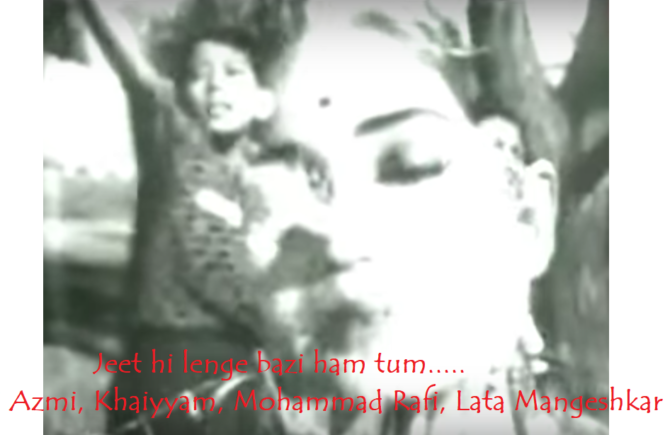
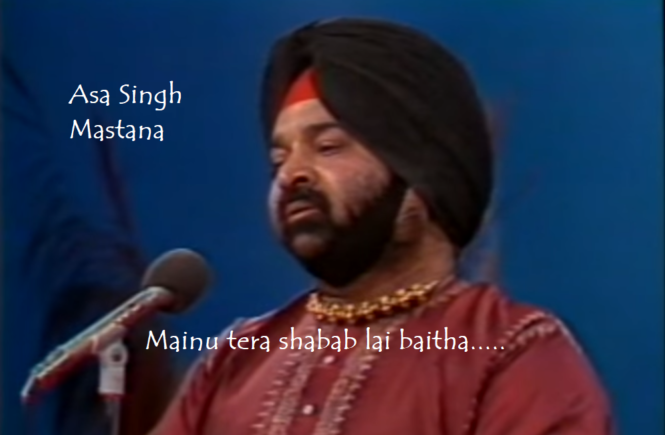
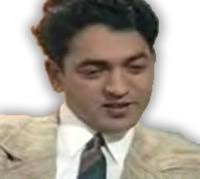 Shiv Kumar Batalvi
Shiv Kumar Batalvi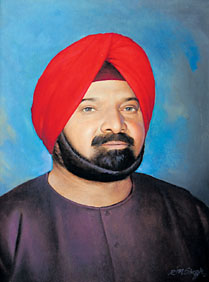
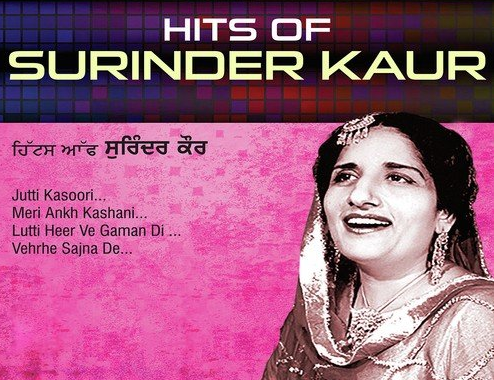
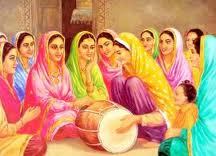 During my childhood and boyhood, I have listened to Punjabi songs on the radio, in movies that I went to with my parents, and during weddings and other parties. Ladies used to sing some of these songs (that I would give you) sitting around a dholaki with a lady playing the dholaki and another (sitting in front) rhythmically beating a metal spoon on the wooden body of the dholaki. Others would be dancing keekli or gidda.
During my childhood and boyhood, I have listened to Punjabi songs on the radio, in movies that I went to with my parents, and during weddings and other parties. Ladies used to sing some of these songs (that I would give you) sitting around a dholaki with a lady playing the dholaki and another (sitting in front) rhythmically beating a metal spoon on the wooden body of the dholaki. Others would be dancing keekli or gidda.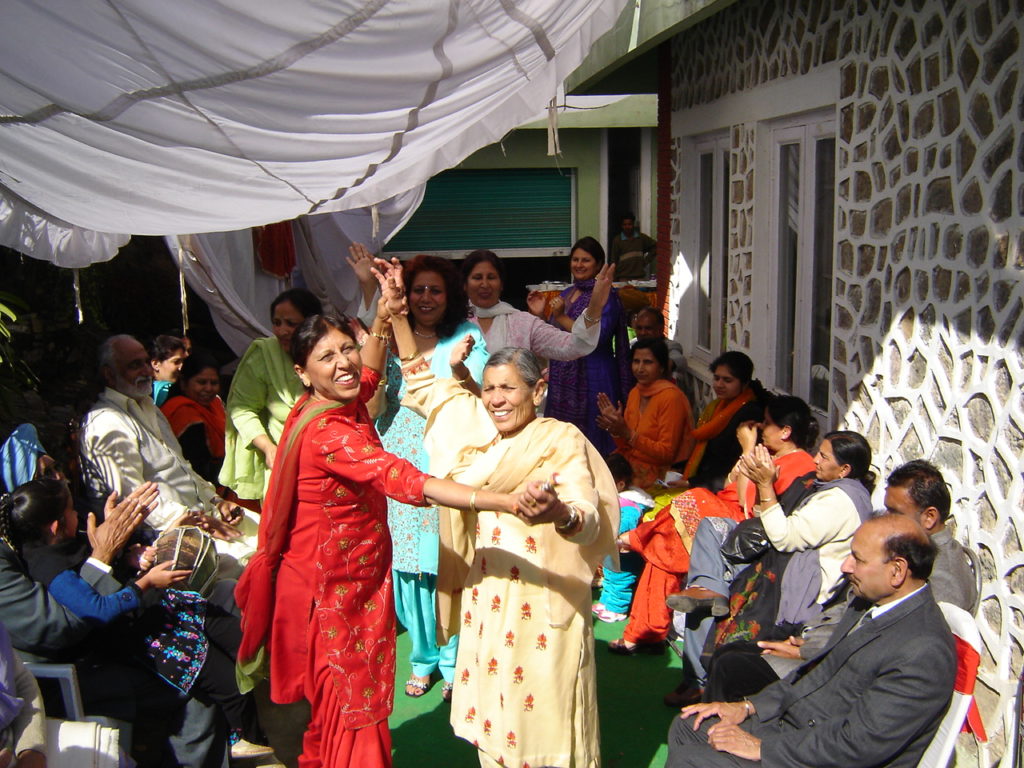
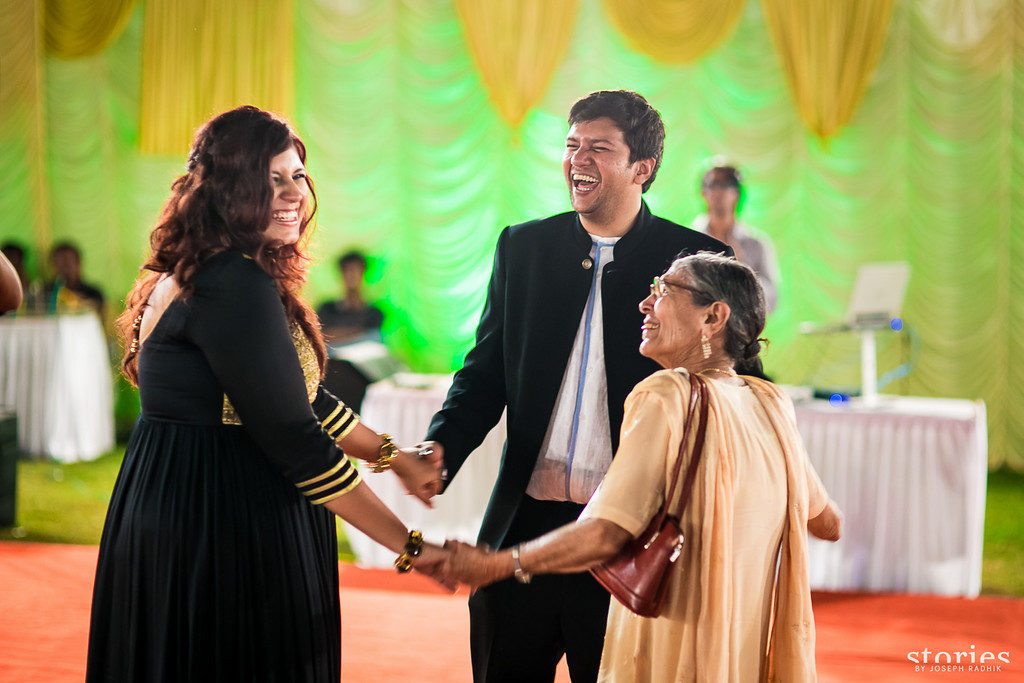
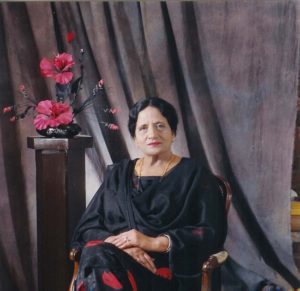
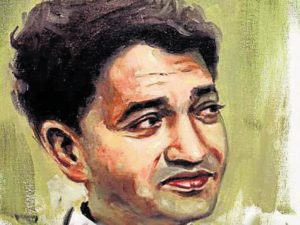
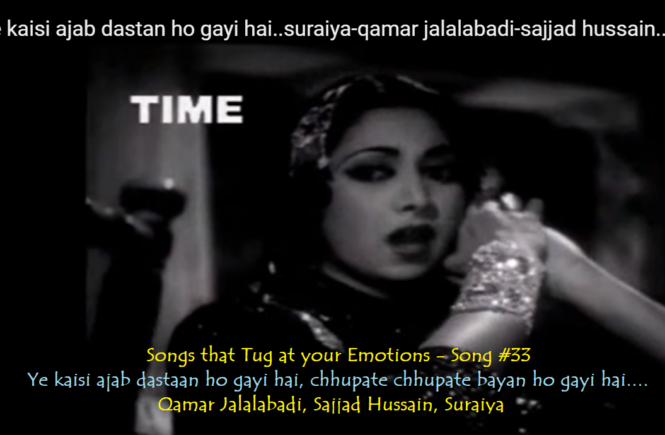
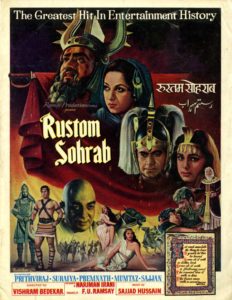
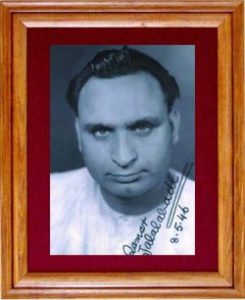 Let me start with
Let me start with 
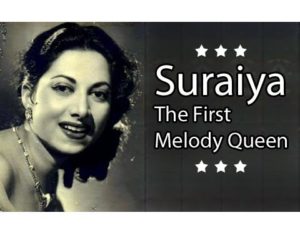 Naturally, considerable credit goes to
Naturally, considerable credit goes to 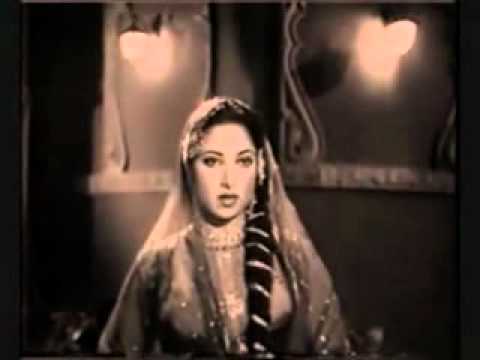
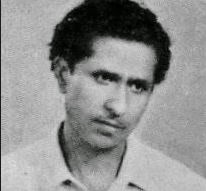 Lets now talk about
Lets now talk about 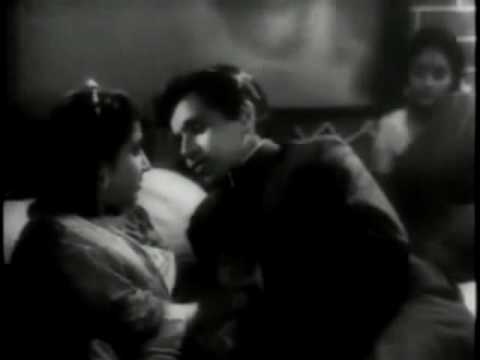
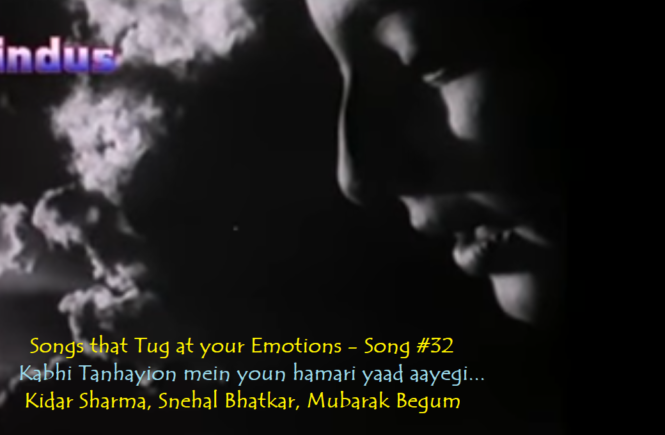
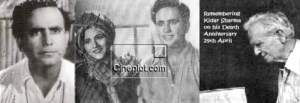 Kidar Nath Sharma
Kidar Nath Sharma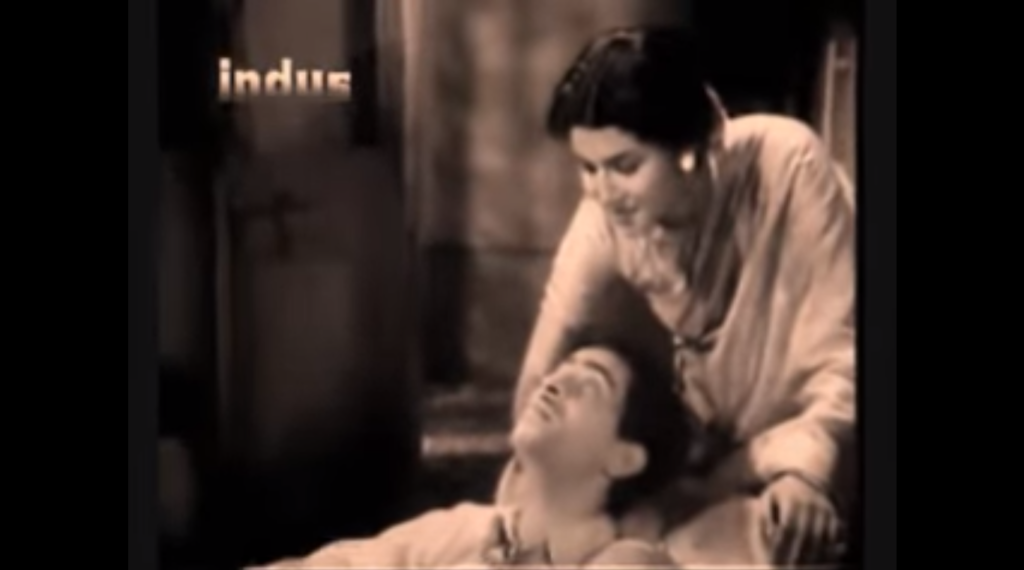
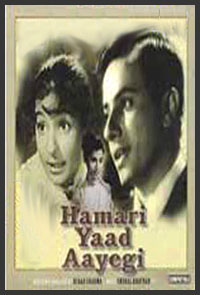 The
The 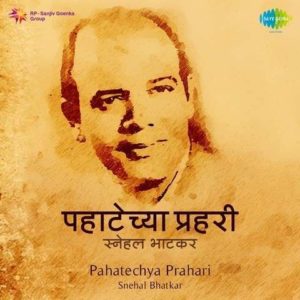 This song was the zenith in the career of
This song was the zenith in the career of 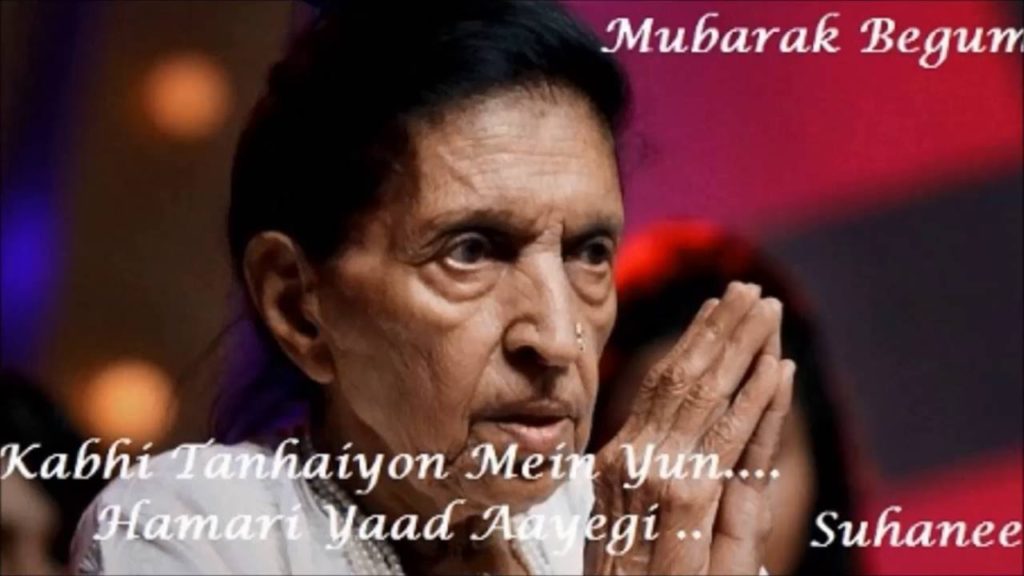
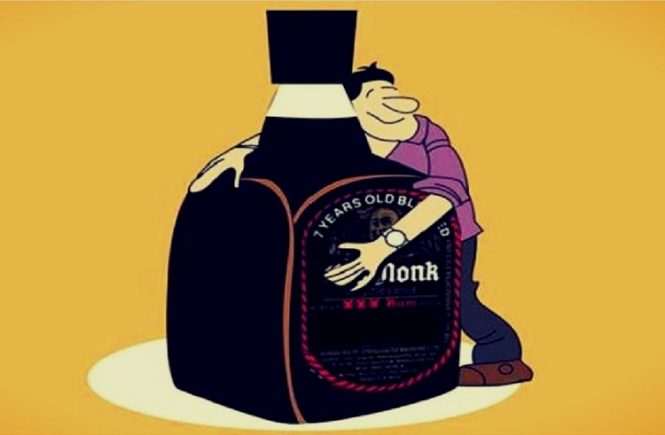
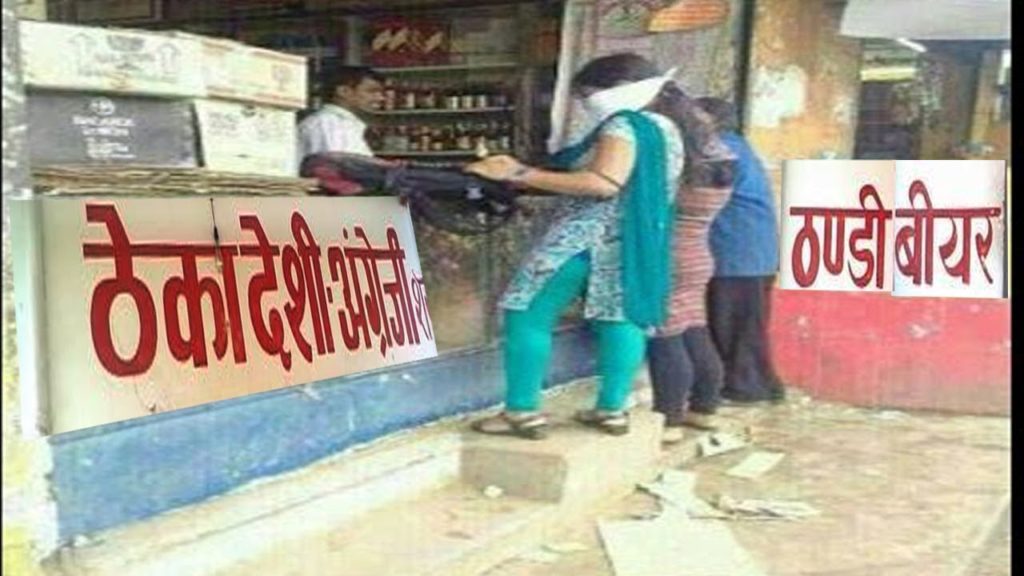
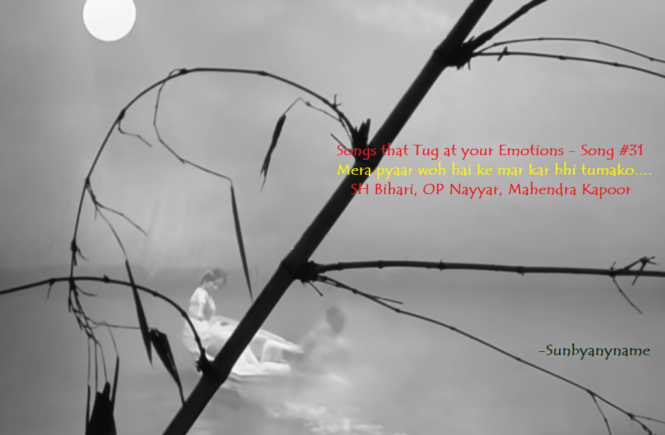
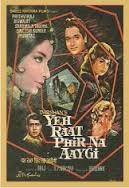 The song is from the
The song is from the 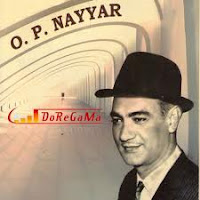 OP Nayyar
OP Nayyar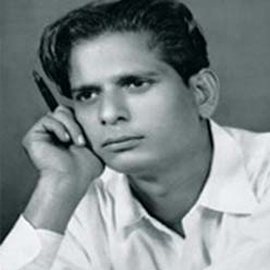 Shamsul Huda Bihari,
Shamsul Huda Bihari, 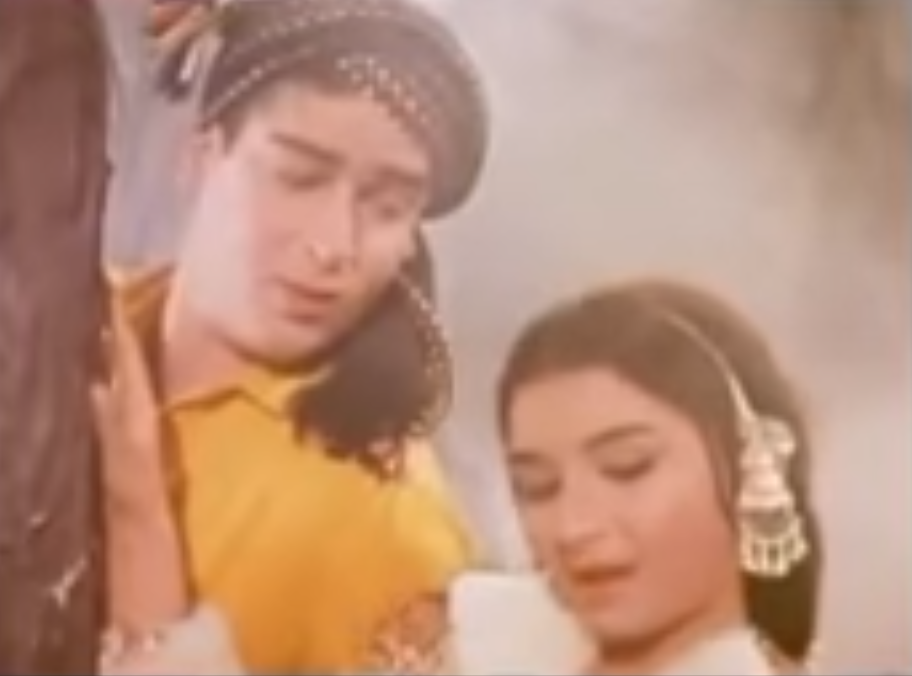
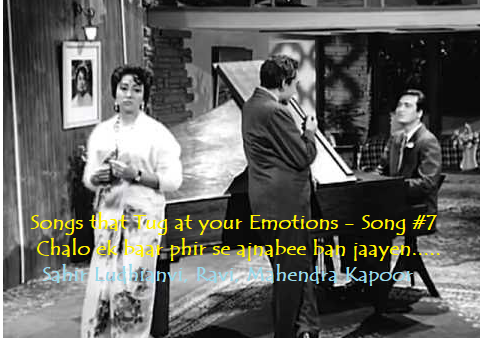
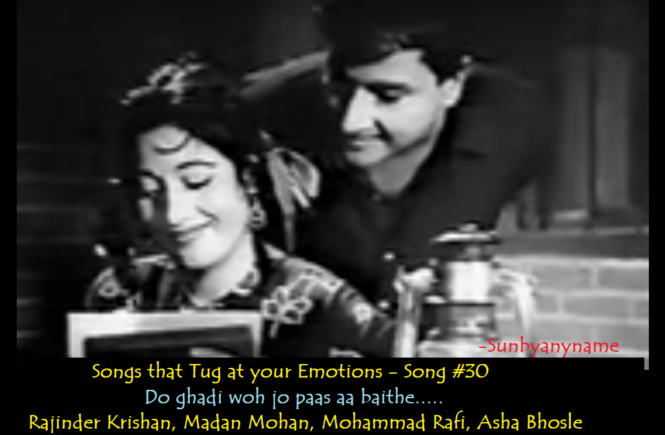
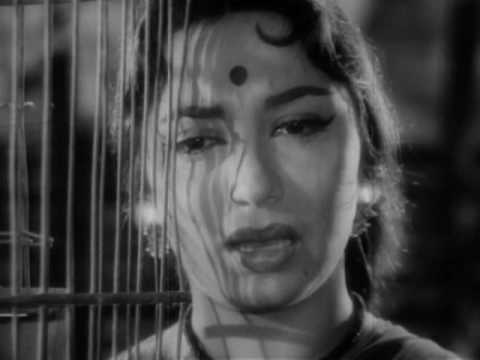
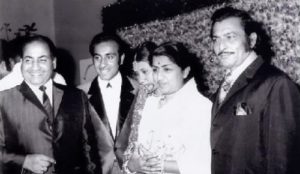
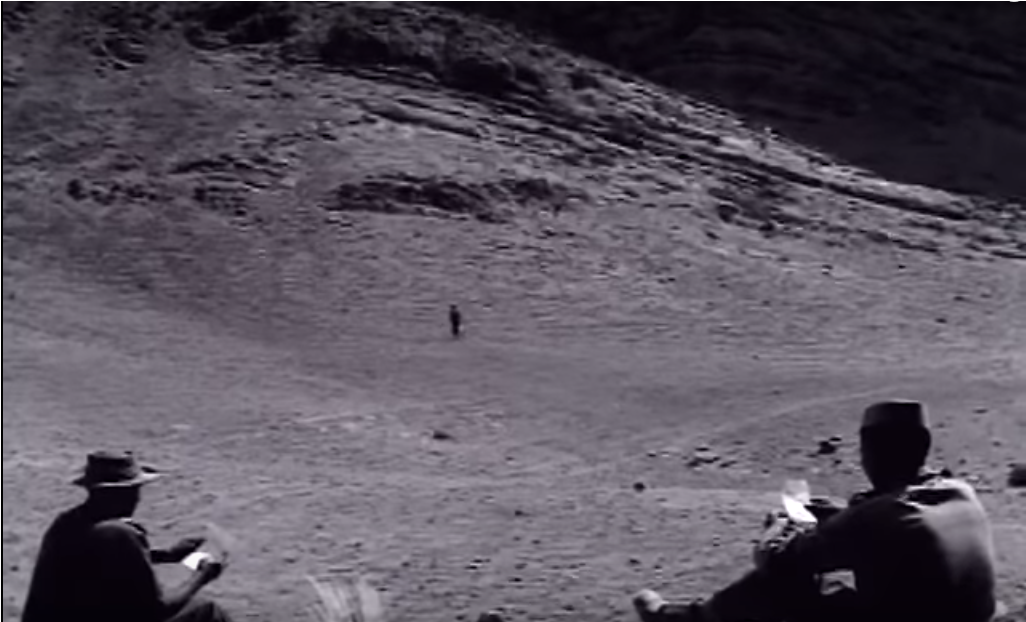
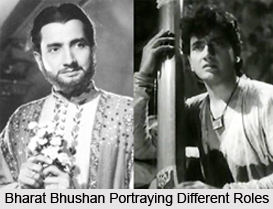
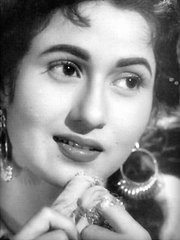 Lets turn to the actress of the song:
Lets turn to the actress of the song: 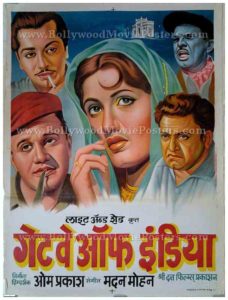
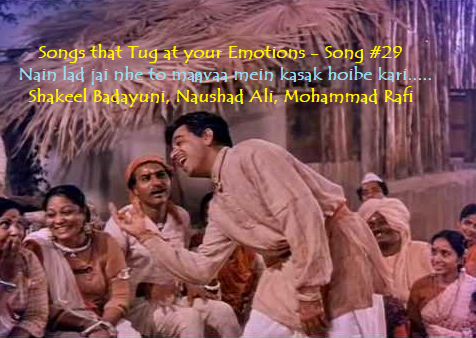
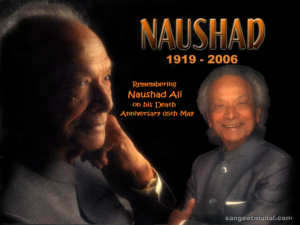 Three days ago was the death anniversary of one of the greatest music directors that India saw:
Three days ago was the death anniversary of one of the greatest music directors that India saw: 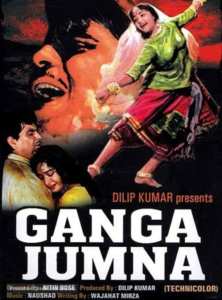
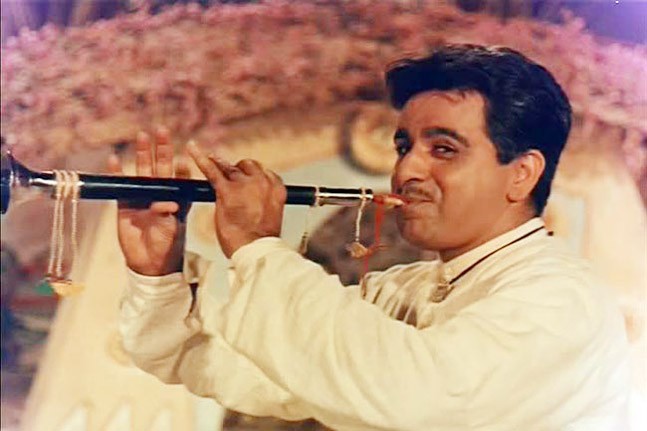
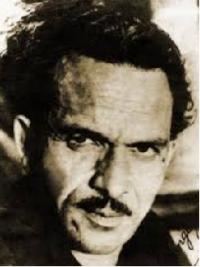
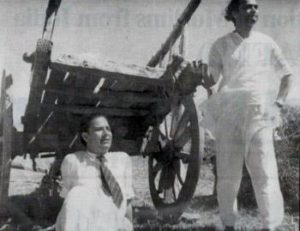
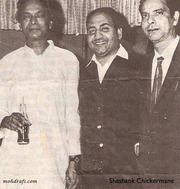
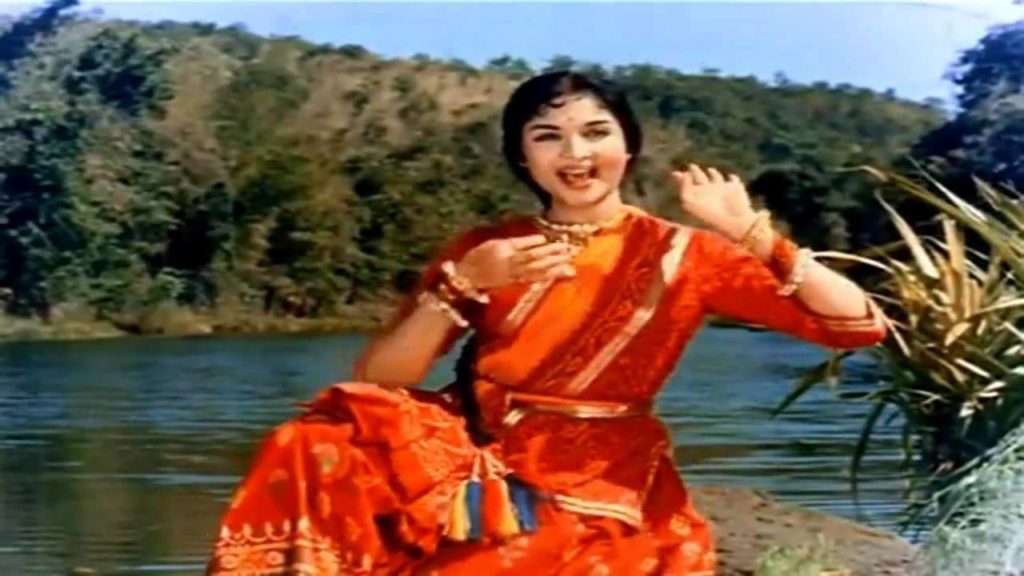
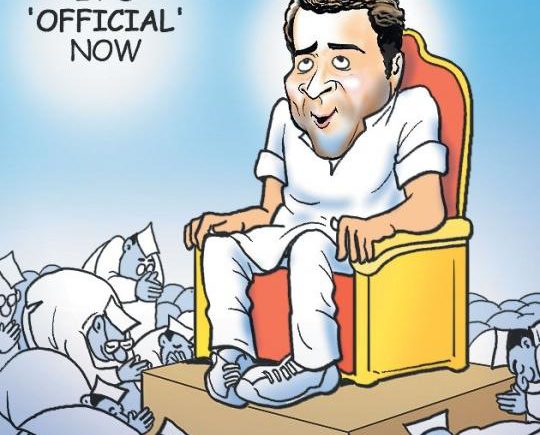
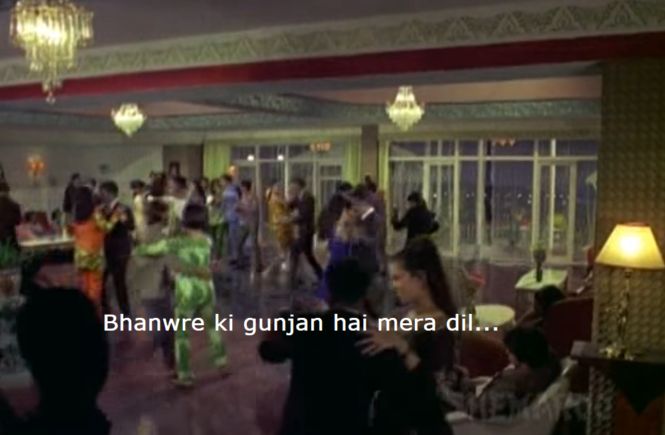
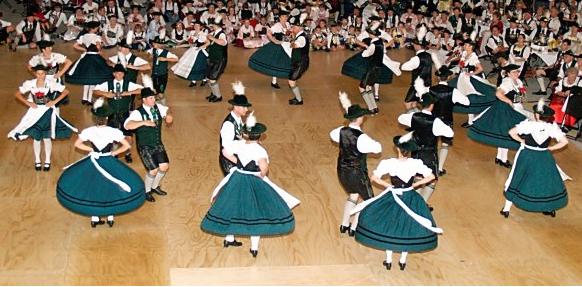
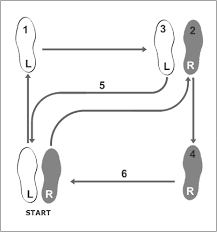
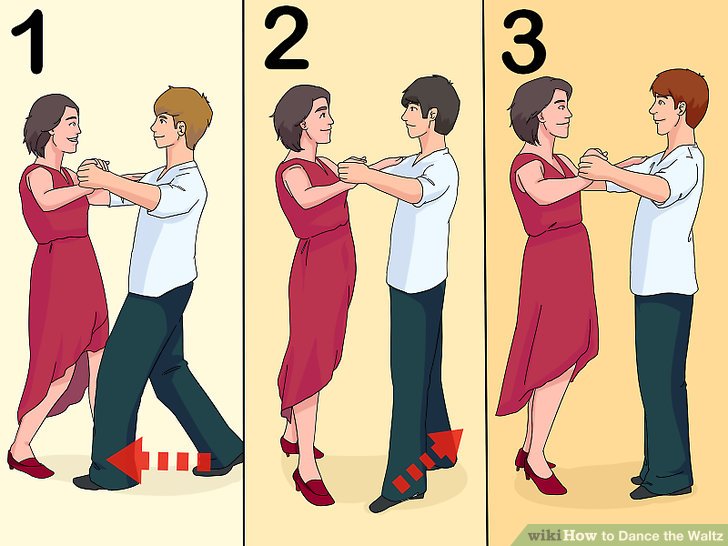
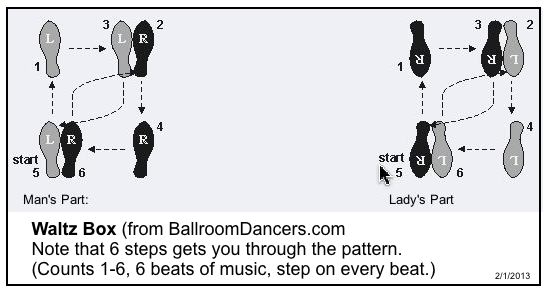

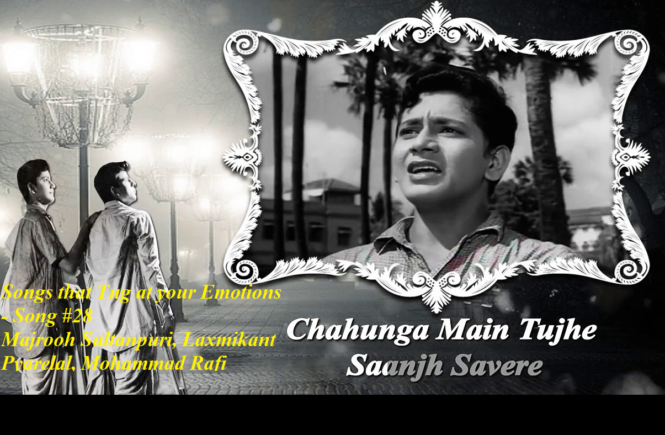
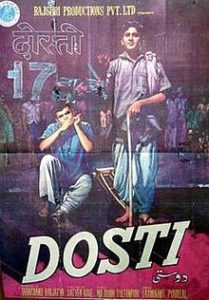
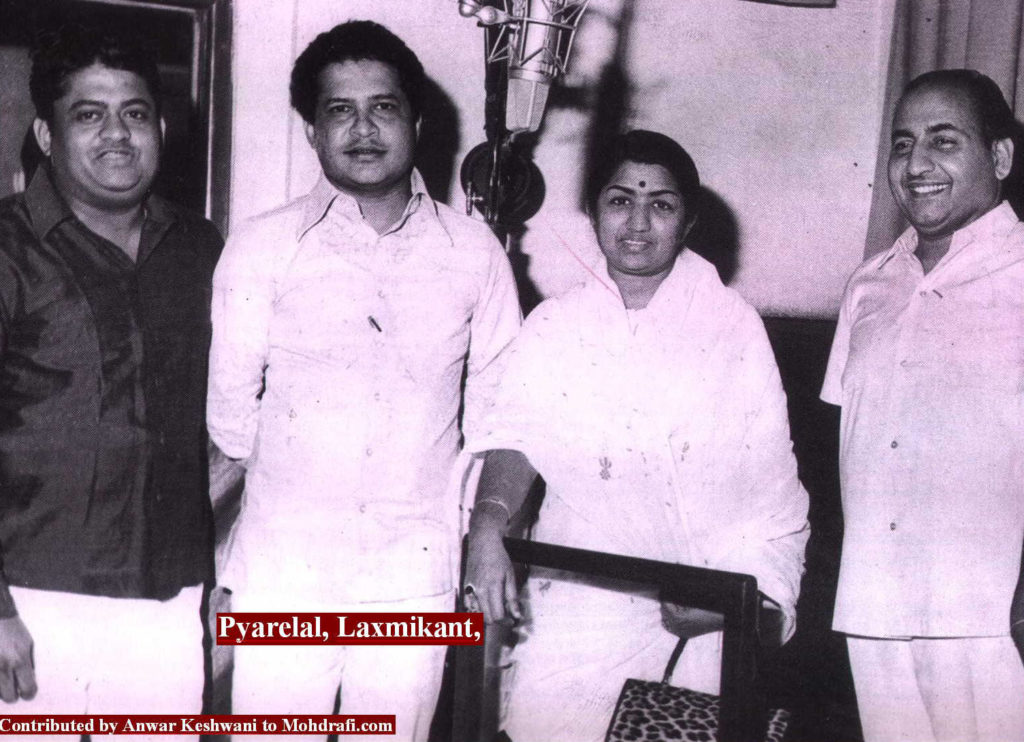
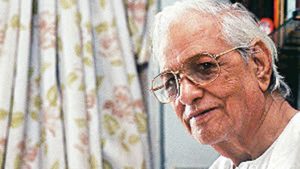 Presently, on my Facebook page
Presently, on my Facebook page 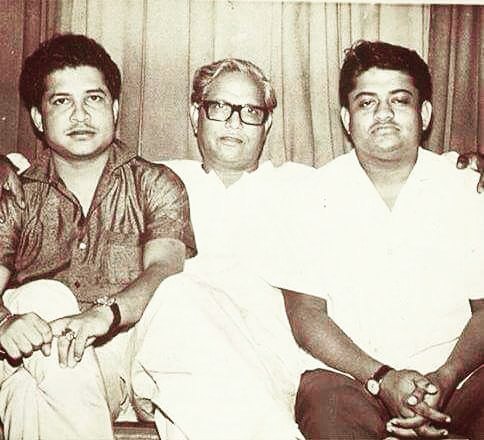
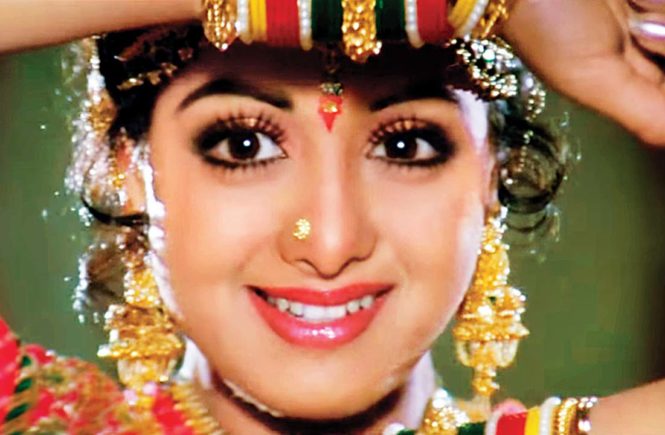
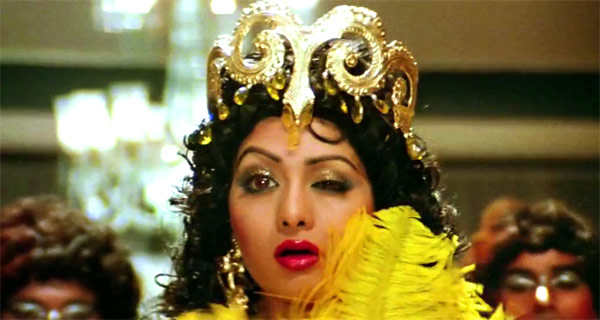
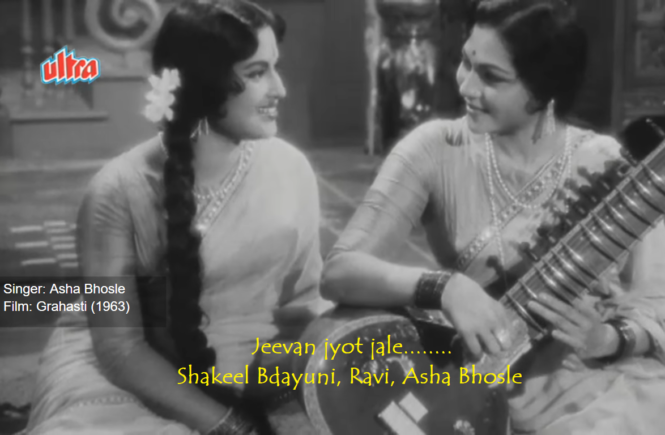

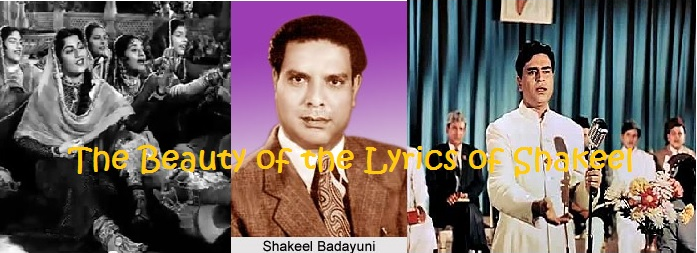
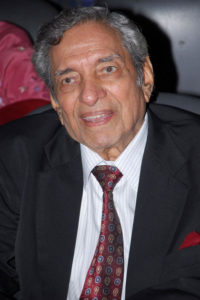
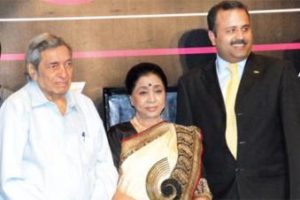
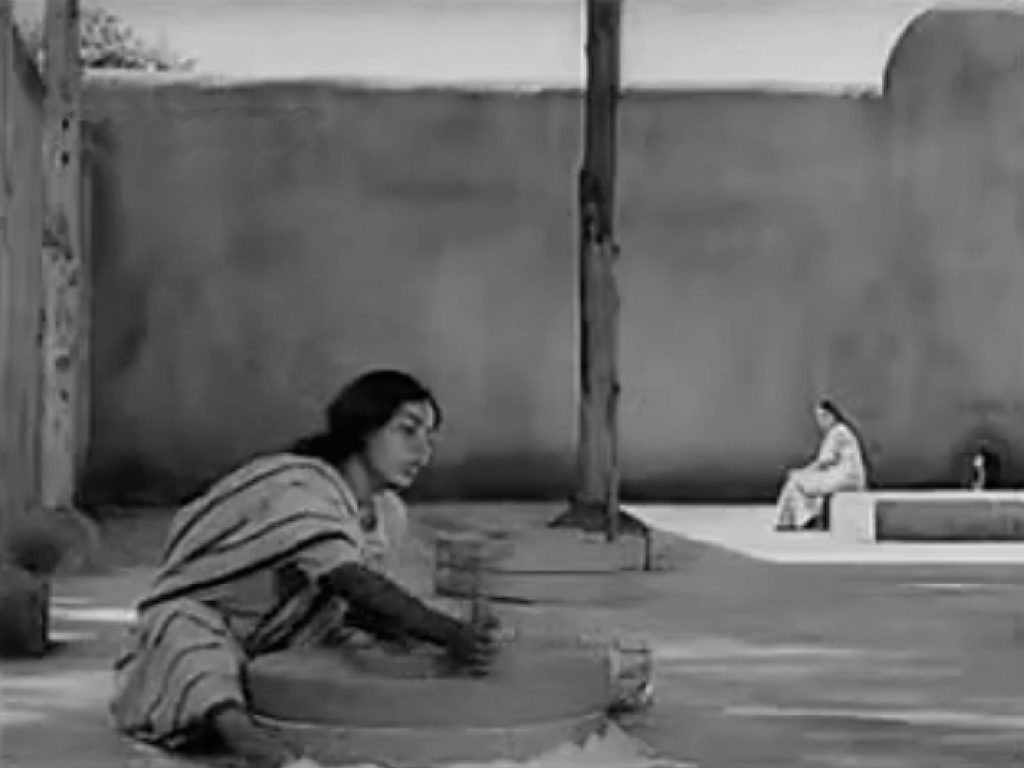
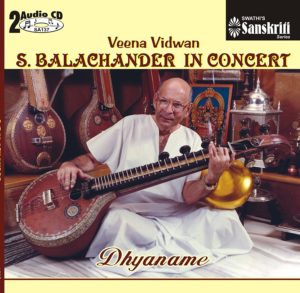
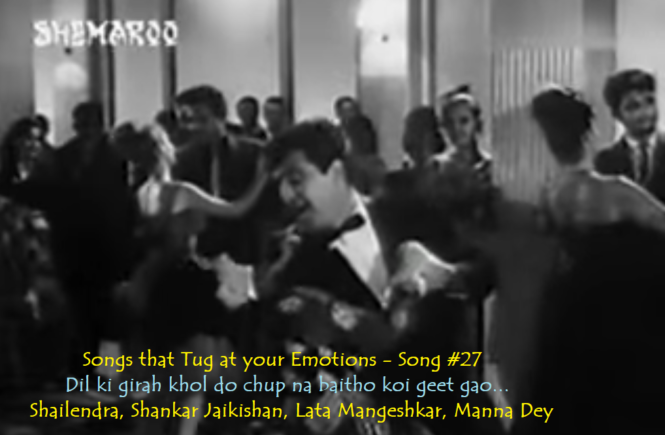
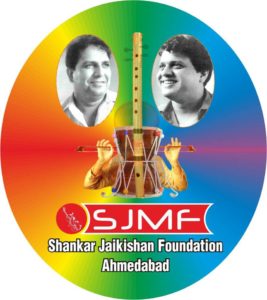 About six years ago SJ fans, lovers of the golden period of the Hindi Film Music gathered and decided to create a Registered Trust in the fond memory of the greatest music maestro of the Hindi Film Industry SHANKAR – JAIKISHAN. A trust named SHANKAR JAIKISHAN FOUNDATION was Registered on Dt. 11-5-2012 with Registration No.e/19925/Ahmedabad thus, a dream came true of the sj fans and the SHANKAR JAIKISHAN FOUNDATION became the first SJ Memorial Trust in the world. They have a web page
About six years ago SJ fans, lovers of the golden period of the Hindi Film Music gathered and decided to create a Registered Trust in the fond memory of the greatest music maestro of the Hindi Film Industry SHANKAR – JAIKISHAN. A trust named SHANKAR JAIKISHAN FOUNDATION was Registered on Dt. 11-5-2012 with Registration No.e/19925/Ahmedabad thus, a dream came true of the sj fans and the SHANKAR JAIKISHAN FOUNDATION became the first SJ Memorial Trust in the world. They have a web page 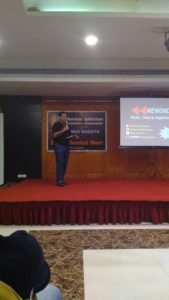 Some Raaga Based Songs of S-J
Some Raaga Based Songs of S-J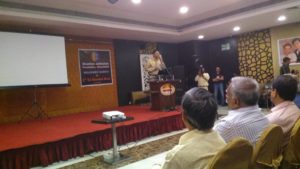 S-J, the Trendsetter
S-J, the Trendsetter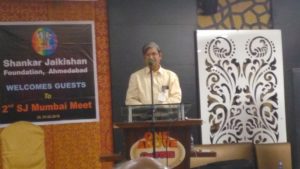 After that, there was a
After that, there was a 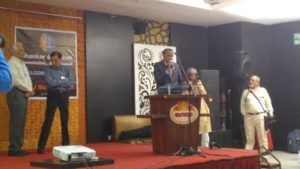 We were fortunate that like last year, we had the presence of
We were fortunate that like last year, we had the presence of 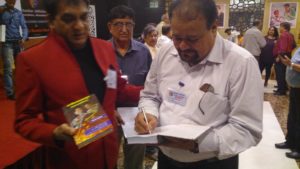 Release of Book
Release of Book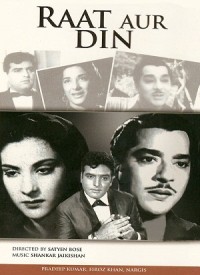
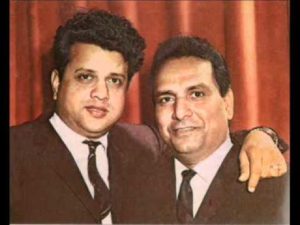 Music Director Shankar Jaikishan
Music Director Shankar Jaikishan